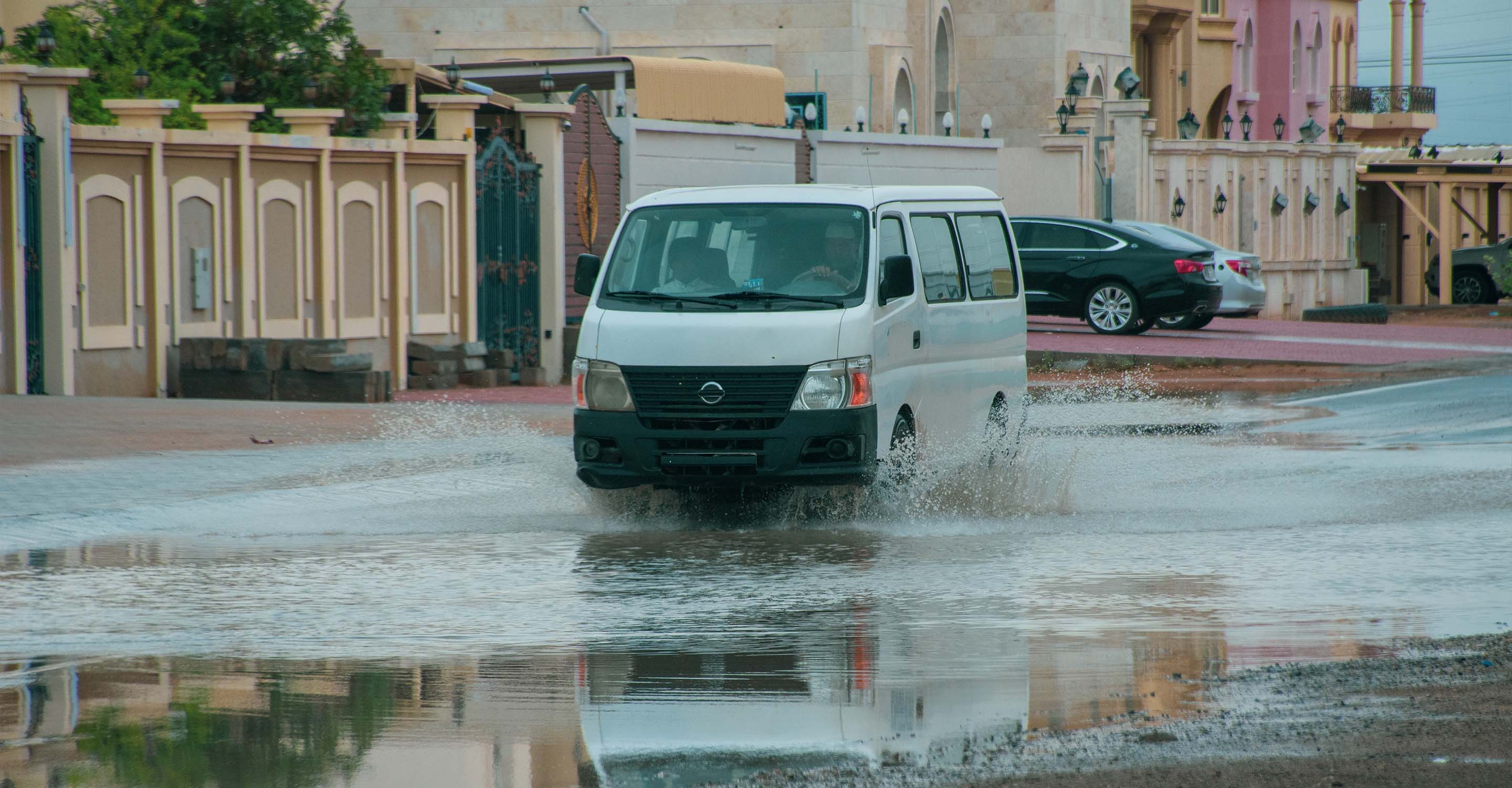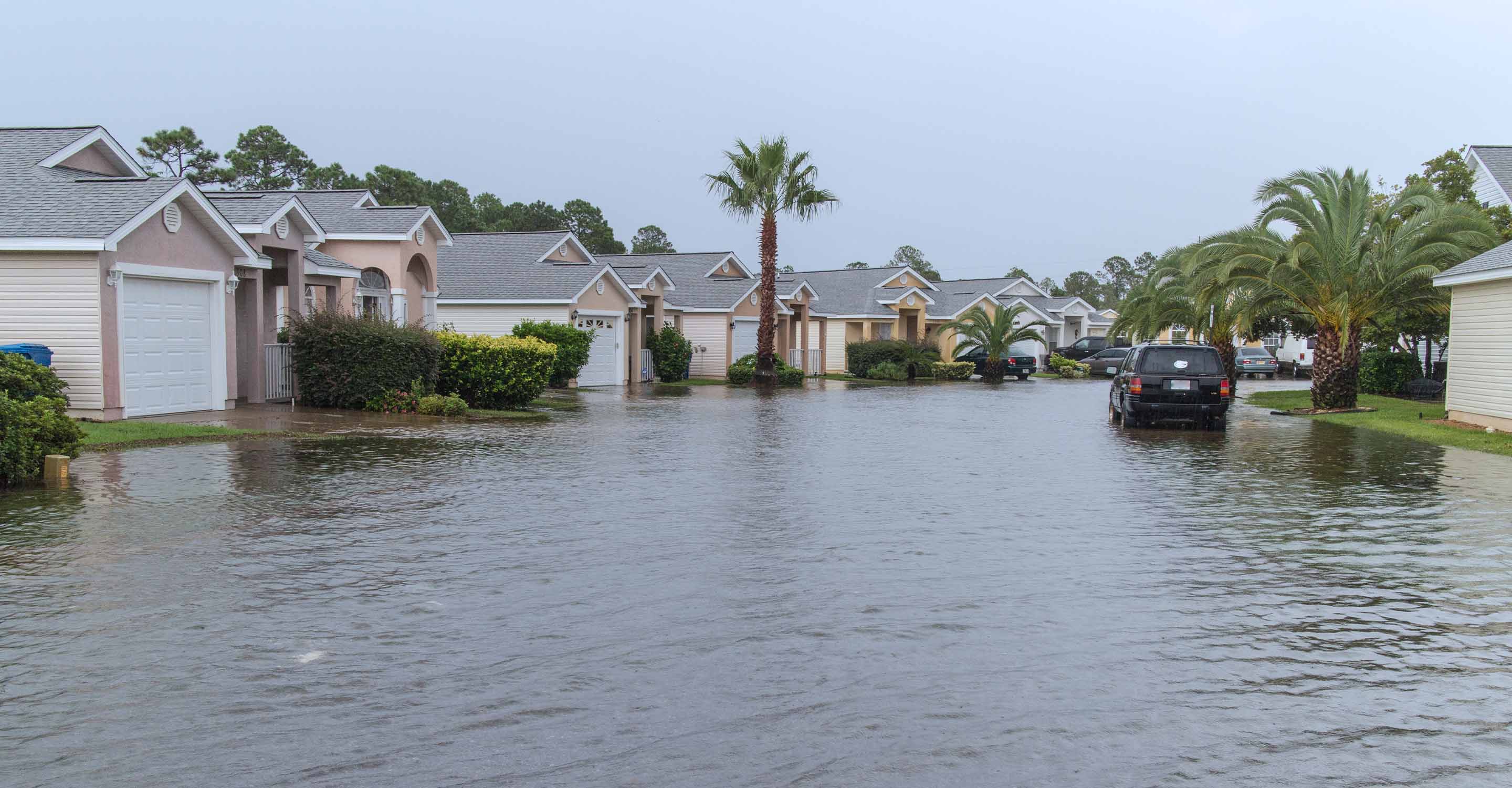Brussels air quality map
Live air pollution map of Brussels
138.7K people follow this city
Full screen
Contributors
2
Stations
2
Contributors category
2
Government
0
Non-profit organization
0
Educational
0
Corporate
0
Individual
0
Anonymous
Most polluted air quality stations
| # | station | US AQI |
|---|---|---|
| 1 | Neder-Over-Heembeek | 33 |
| 2 | Avant-port (Haren) | 32 |
community highlight
Brussels most followed contributors
Health Recommendations
| Enjoy outdoor activities | |
| Open your windows to bring clean, fresh air indoors GET A MONITOR |
Become a contributor
Get an AirVisual Outdoor and contribute to collecting millions of data points for the Brussels map to track local air pollution
Understand air pollution and protect yourself
Brussels MAP AIR QUALITY ANALYSIS AND STATISTICS
What information is available on the air pollution map for Brussels?
The air pollution map for Brussels is very easy to access from the main city page. The map icon will appear at the top of this page and by clicking anywhere on it will open a new page which will be dedicated to the air quality of the city.
Probably the first thing a new viewer will notice is the overall colour of the map. It reflects the overall air quality by colouring the background an appropriate colour. At the moment it is green which indicates “Good” air quality. The meaning behind all the possible colours is explained in the legend at the foot of the page. These colours are standardised across the entire IQAir site. Colours range from green through to dark burgundy which indicates hazardous air quality and is dangerous even for healthy people.
The next obvious thing about the map is the number of coloured circles that can be seen. These show the locations of the various ground-level air monitoring stations. If they appear to be superimposed on each other, they will separate once the map is expanded slightly. If any one looks of particular interest, a left-click will open another page which deals with air quality for that specific part of the city.
Each disc displays a number at its centre which is the United States Air Quality Index reading or US AQI for short. This number is calculated by measuring up to six of the most prolific pollutants in the city air. They will be both sizes of Particulate Matter (PM2.5 and PM10), ozone, nitrogen dioxide, sulphur dioxide and carbon monoxide. Once the reading is determined it can be used as a standard when comparing air quality in other cities across the globe. It is fully endorsed by the World Health Organisation (WHO).
Looking back at the main city page for Brussels, it can be seen that at the start of the fourth quarter of 2022, the city was experiencing a period of “Moderate” quality air with a US AQI reading of 52. There were five pollutants measured but the main one was PM2.5 with a level of 12.5 µg/m³. This figure is two and a half times higher than the level of 5 µg/m³ as recommended by the WHO.
Immediately beneath the air pollution map for Brussels can be seen the number of contributors there are and the number of stations they operate. Currently, there are four stations providing air quality data from three contributors. Two of these are from the government whilst the other contributor prefers to remain anonymous.
Is there any other useful information on the air pollution map for Brussels?
In order to access the rest of the information contained within the air pollution map for Brussels, the page needs to be in full-screen mode otherwise some of the information will remain hidden.
When viewed in this way, a list of four options should appear on the left-hand side of the screen. These can all be deactivated if desired which might make it easier to see just what effects they have on the whole map.
The first choice will show the locations of the ground-level air monitoring stations. Depending on the size of the map there will be many more of these discs on display which are not directly over Brussels but still appear on the map. If a particular area is of interest to the viewer, by clicking on the disc will encourage another page to open which is more specific to that particular area of the city.
The second option shows the location of any wildfires that may be burning in the vicinity. During October 2022, there were no such icons to be seen on the map. If there were any fires burning, option four needs to be consulted because it shows the speed and direction of the prevailing winds and will give a good idea of where the ensuing smoke might blow.
The third option can be very dramatic as it changes the colour of the map to reflect the current state of the air over the city. Presently, it is a greenish/yellow which would indicate “Good” to “Moderate” air quality as we can see by the number and colour on the discs. If it is too confusing to look at the map with this overall colour, then by deactivating this choice, the map would revert to a more acceptable range of colours.
The rest of the information on this air pollution map for Brussels is over on the far right of the screen. Here will be a table which ranks world cities according to their levels of air pollution. By default, the table merely shows the worst seven cities but this can be expanded to reveal more information about many more cities.
Is the source of the air pollution shown on the air quality map for Brussels?
The source of air pollution in the city is not directly shown on the air pollution map for Brussels, however, human activities are the main source of air pollution in large agglomerations. Brussels has no heavy industry on its territory: air emissions thus come primarily from heating installations, vehicular traffic and a few obscure sources.
There is currently some controversy as some say the worst polluter in Brussels is the airport, but many would disagree saying that the fumes from aircraft do not linger in the low atmosphere but are sucked away as the aircraft ascends.
PM2.5 is used as a benchmark on the air pollution map for Brussels, but what is it?
Particulate matter refers to all dust particles in the air. It is a collective name for particles of different sizes, up to a maximum of 10 micrometres (µm) in diameter. Particles consisting of sulphur dioxide, nitrogen oxides and ammonia make up the largest part, elemental carbon and carbon compounds also contribute to particulate matter.
Smog occurs when there are elevated concentrations of pollutants in the air. Particulate matter (PM10) is one of the four indicators of smog. The other three are ozone, nitrogen dioxide and sulphur dioxide.
Brussels air quality data attribution
2Contributors
 Bruxelles Environnement
Bruxelles Environnement2 stations
2 Government Contributors








